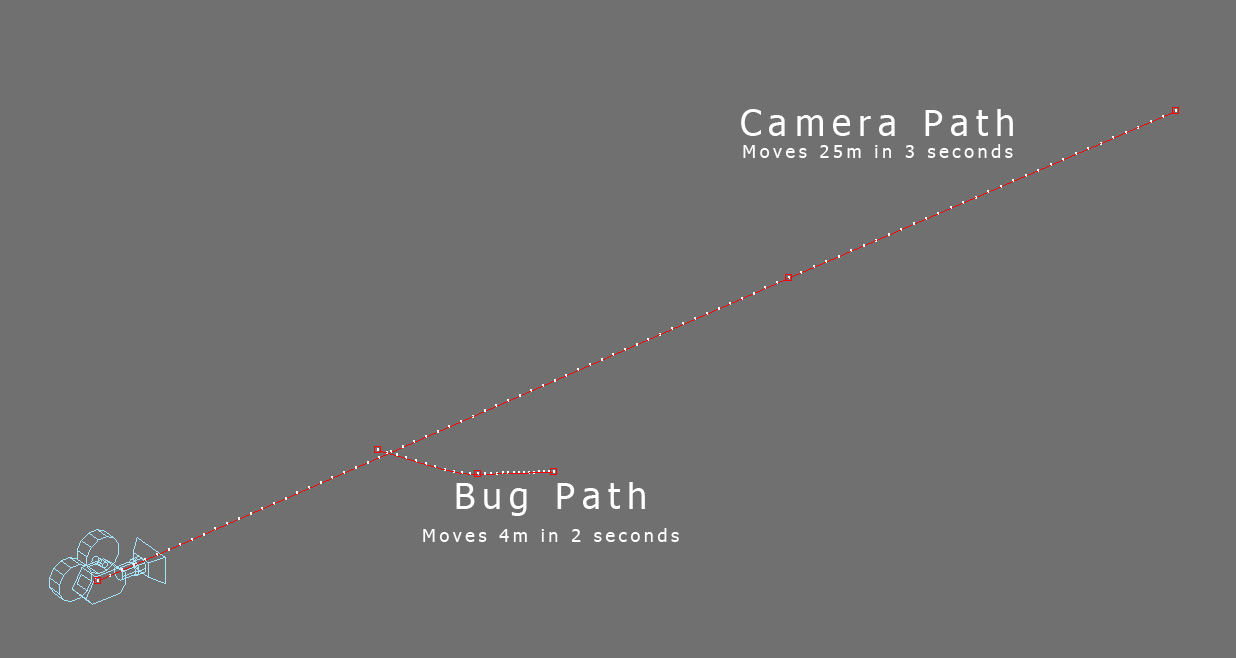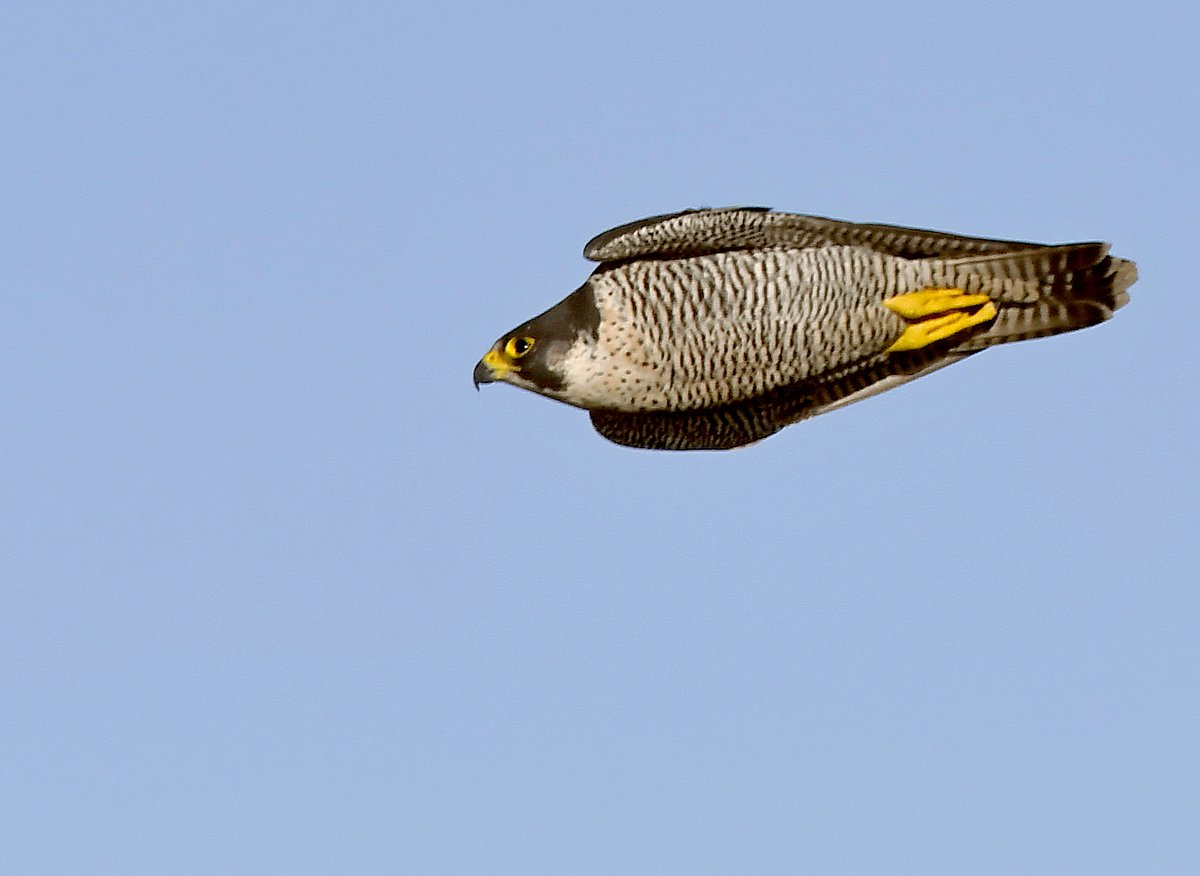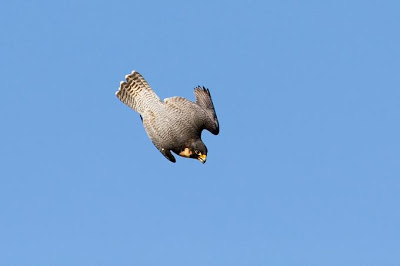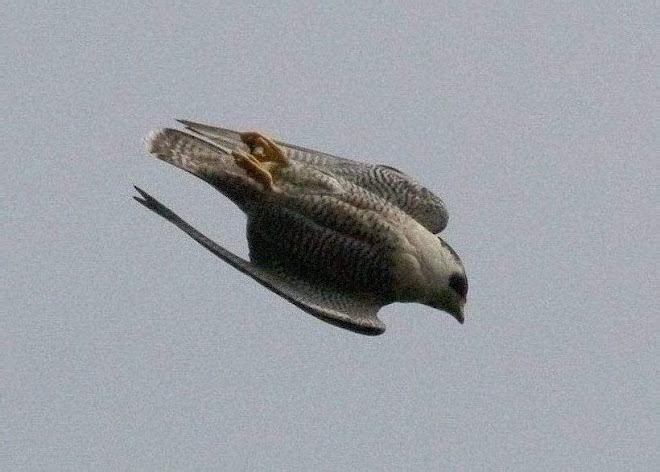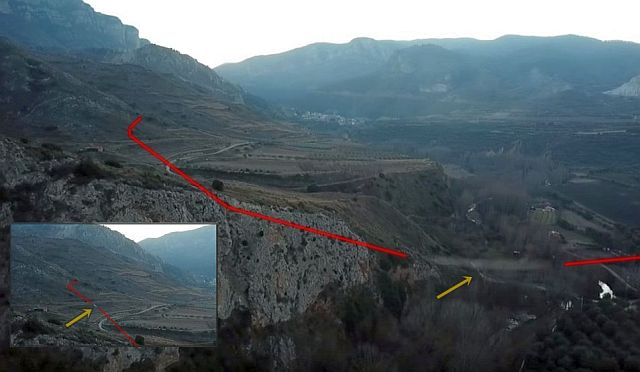Ravi
Senior Member.
[Admin: The Following video contains a summary of the key parts of this thread]
Source: https://www.youtube.com/watch?v=xDkqKa_NQAo
A few days ago, a youtube video was posted on Reddit r/UFO's showing an object flying by a drone, with the description:
It flys by from 2:33 to 2.35 approx.
Source: https://youtu.be/bVmGhxYrkug?t=152
Here is another video of it [that just highlights the alleged UAP/UFO]: Source: https://imgur.com/a/MEAgNQV
With these clear videos is I think we could do some calculations, or other advanced analysis?
I am tending towards cgi myself.
Source: https://www.youtube.com/watch?v=xDkqKa_NQAo
A few days ago, a youtube video was posted on Reddit r/UFO's showing an object flying by a drone, with the description:
New links to the "raw" footage soon appeared: https://uploadfiles.io/epai0 is an example.I usually cover politics, but when Sam Chortek and Jimmy Chappie came to me with this exclusive UAP footage, I had to break the story. This video has never been seen by the public until now. The RAW FOOTAGE can be downloaded here: https://youtu.be/bVmGhxYrkug All Rights Reserved. 2019. For media inquires, contact BrianJosephHanley@gmail.com.
It flys by from 2:33 to 2.35 approx.
Source: https://youtu.be/bVmGhxYrkug?t=152
Here is another video of it [that just highlights the alleged UAP/UFO]: Source: https://imgur.com/a/MEAgNQV
With these clear videos is I think we could do some calculations, or other advanced analysis?
I am tending towards cgi myself.
Last edited by a moderator:

